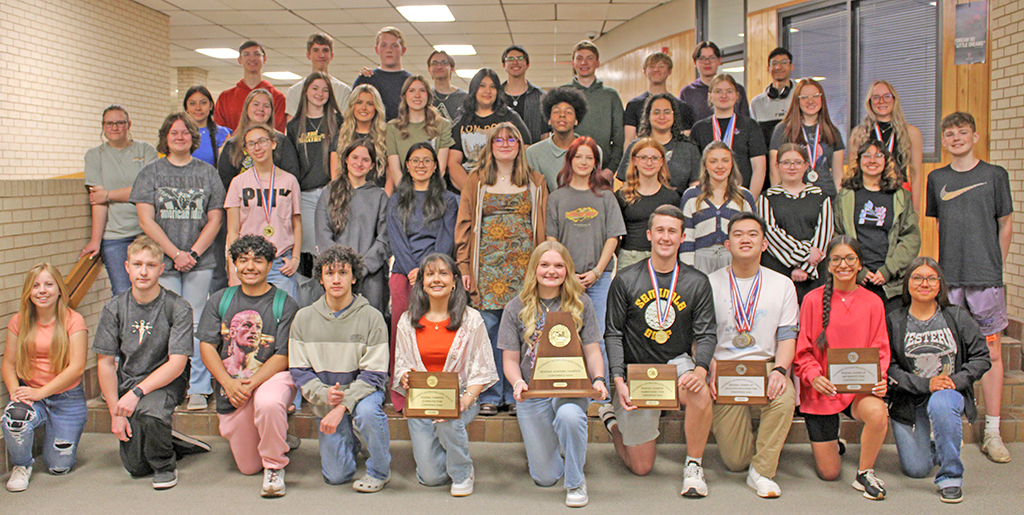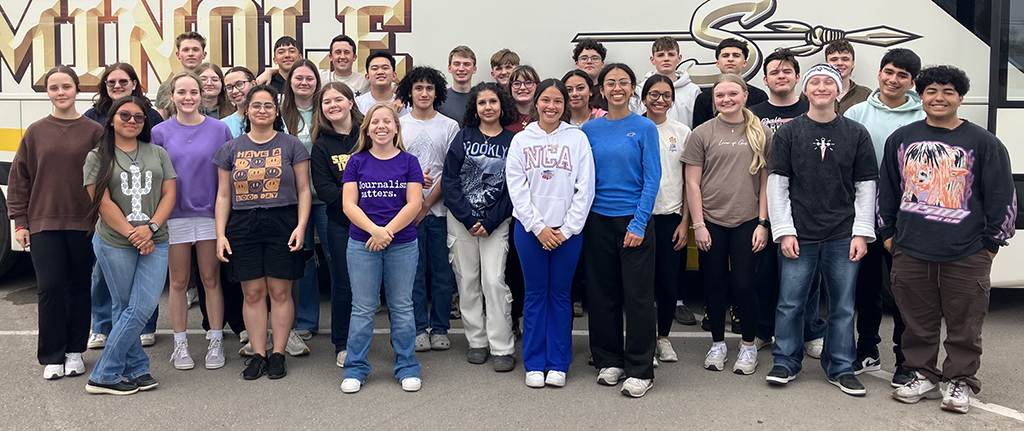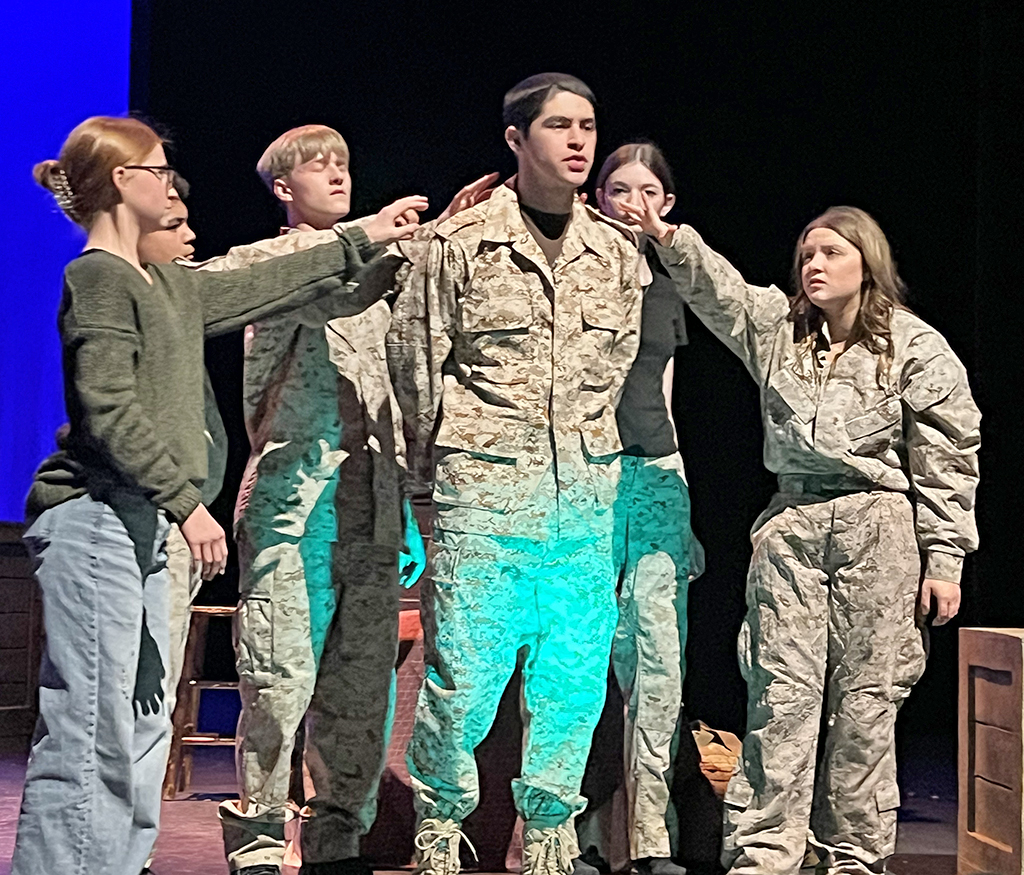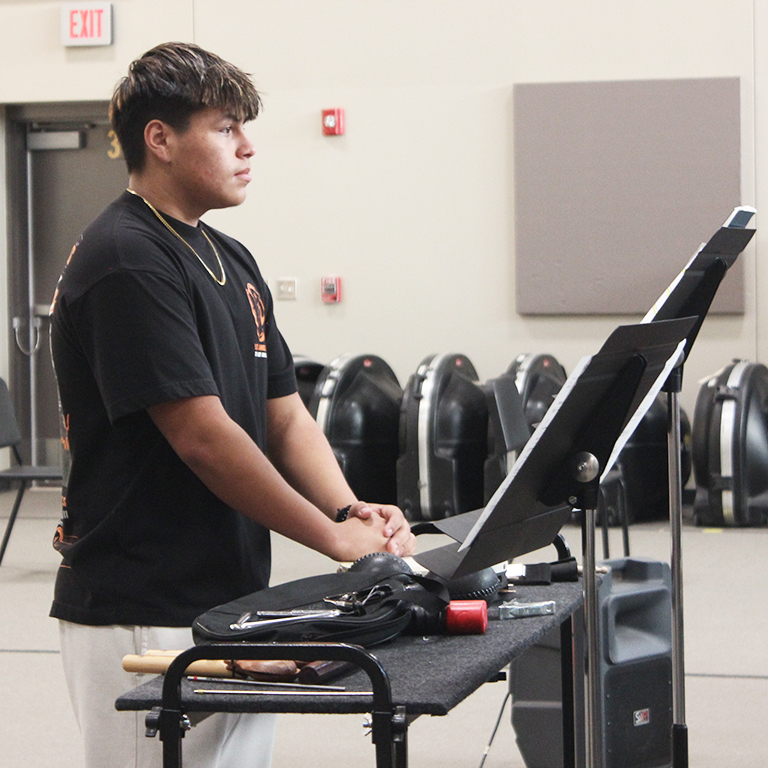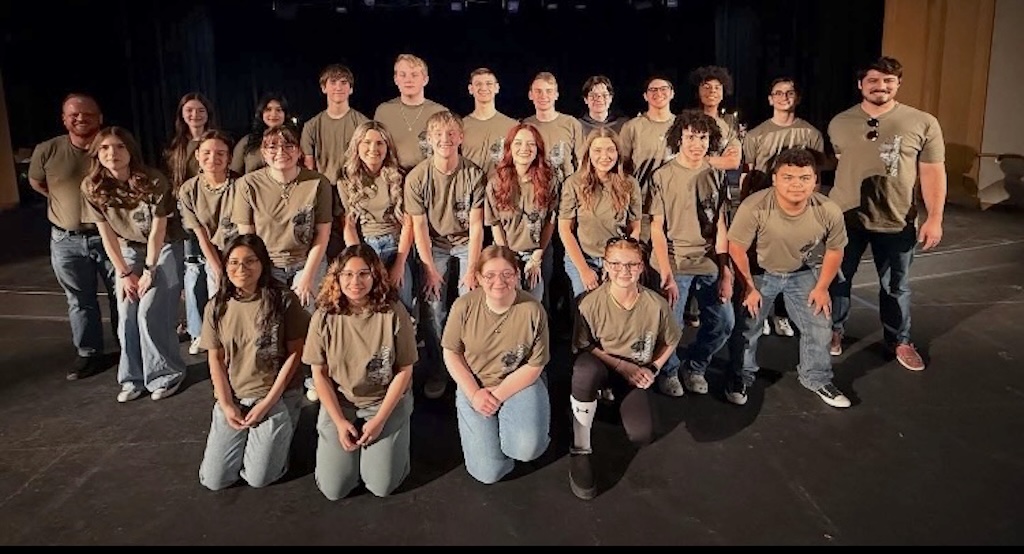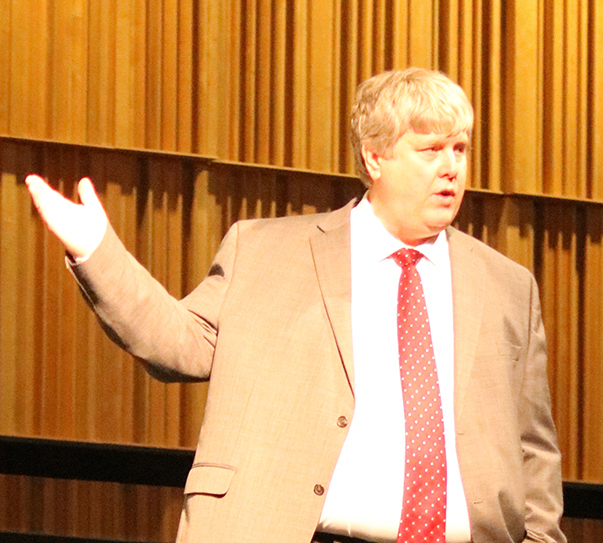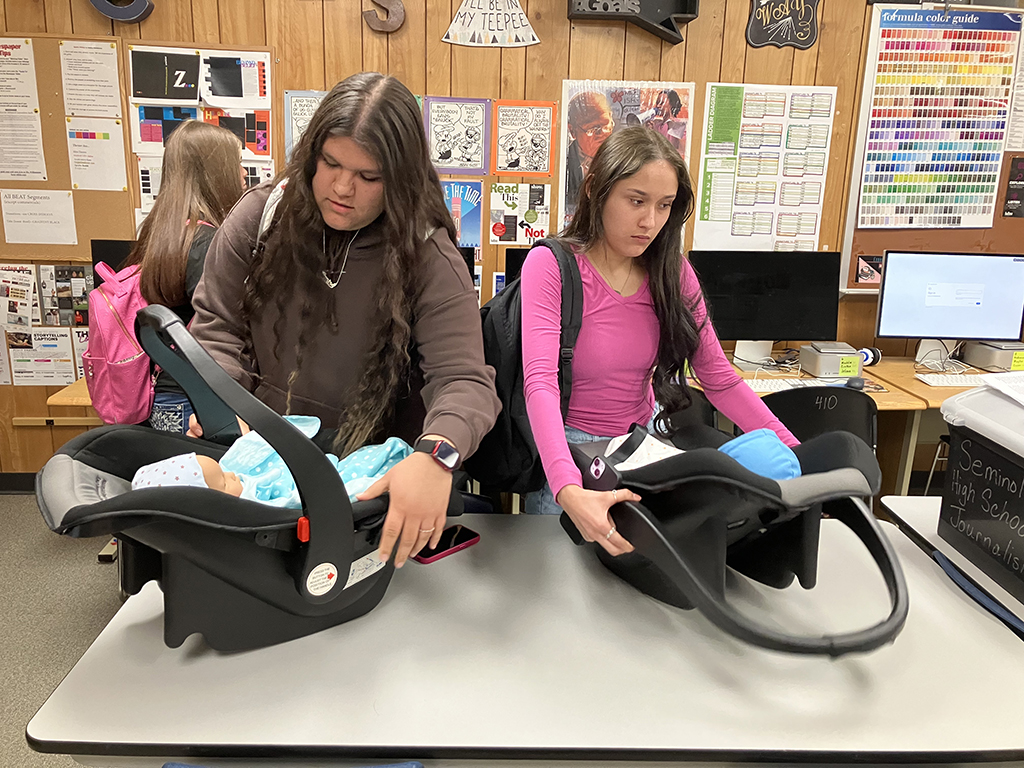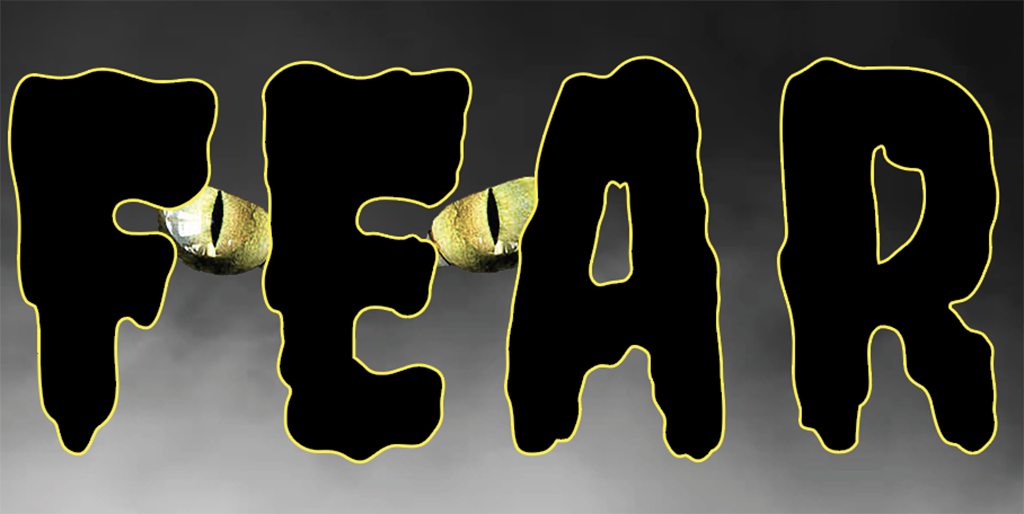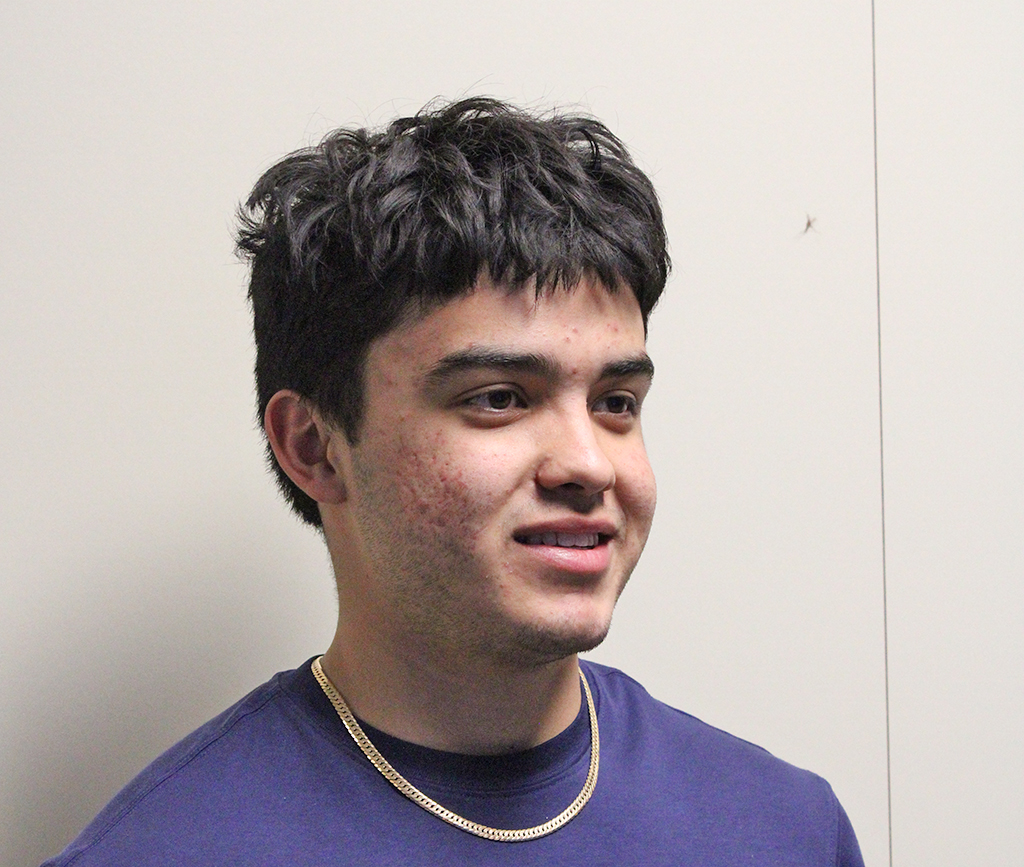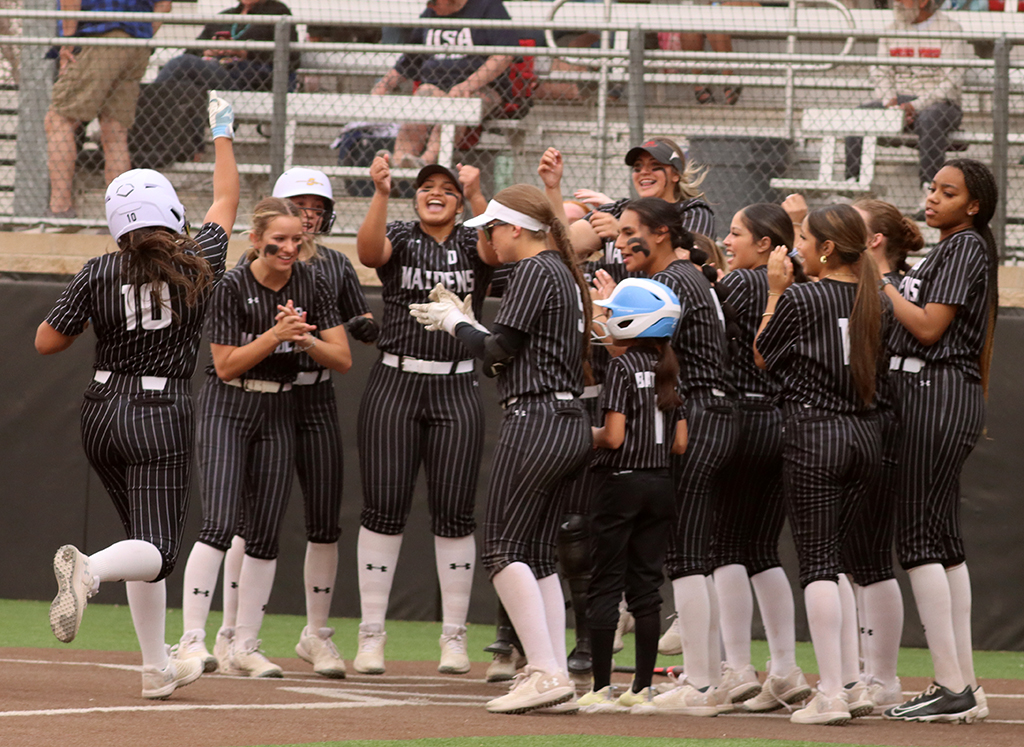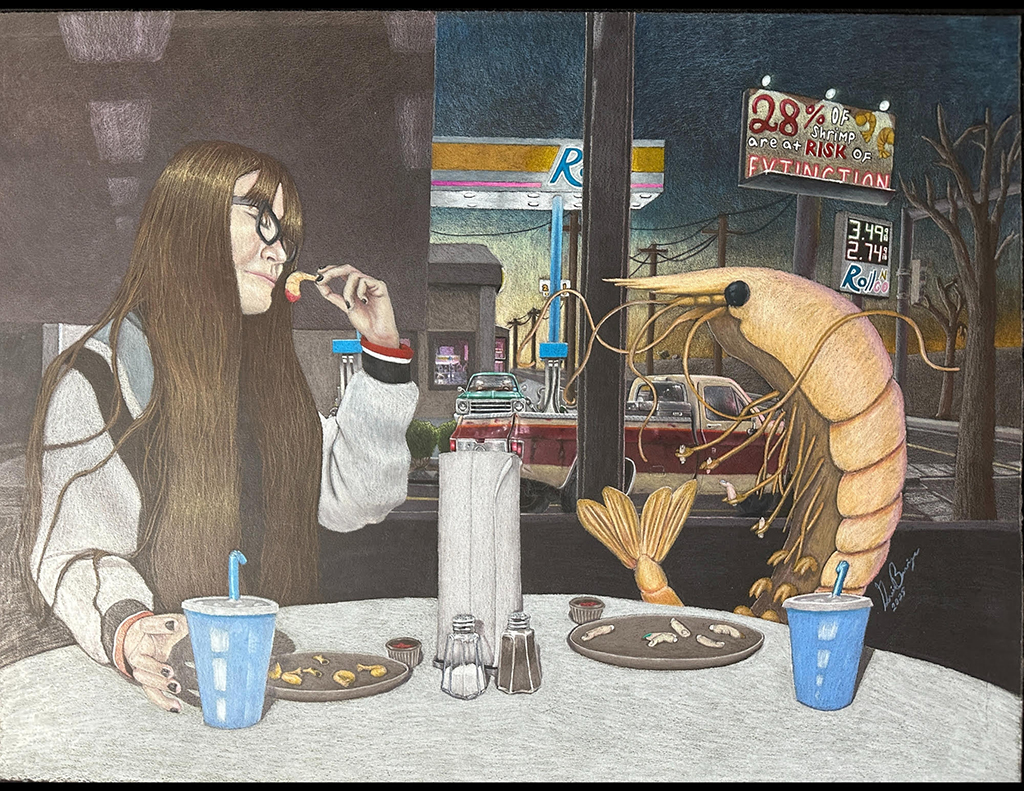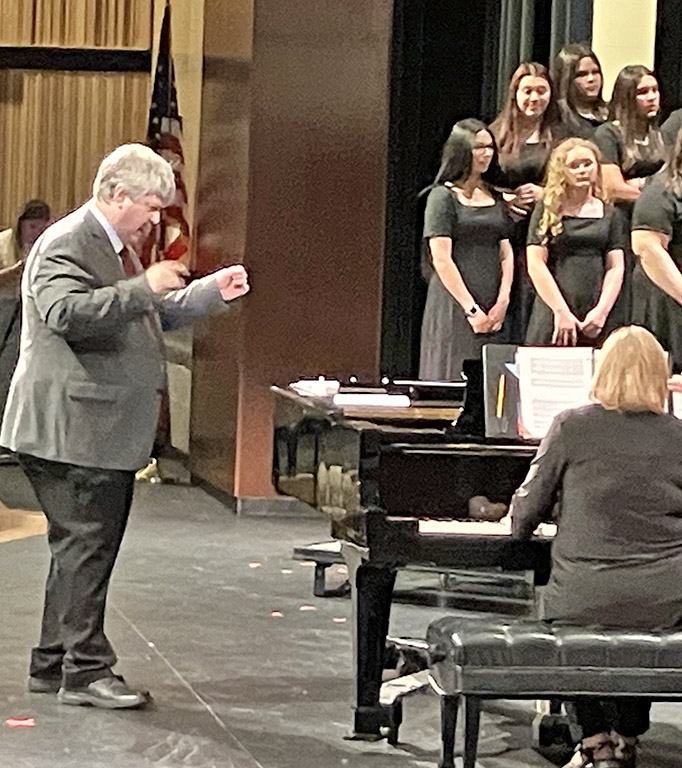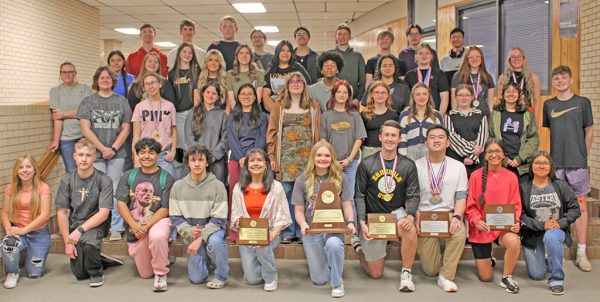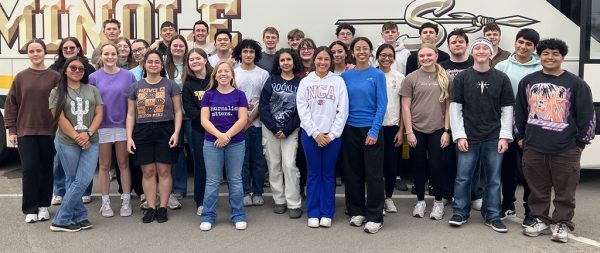Shutdown of America
Since Sept. 30 the government has had a hard time agreeing with one another about the budget and the new health care legislation–the Affordable Care Act. A shutdown is essentially a process the executive branch of the government (the president) must enter into when Congress creates a “funding gap” by choosing not to or failing to pass legislation funding government operations or agencies. The shutdown caused the economy to lose $24 billion.
The two sides agreed, even though it was tough for both sides, to reach an agreement on a budget deal on the spending levels and the possibility of deficit reduction. The House and Senate came to an agreement to solve the issues between Republicans and Democrats temporarily. An agreement was reached to fund federal spending until Jan. 15, 2014.
This is not the first government shutdown or even the longest. During the Clinton administration, a shutdown lasted 21 days. This time the shutdown involved the budget deficit. The government had previously shutdown for five days over the same issue.
The first government shutdown came on Sept. 30, 1976, when a government shutdown lasted 10 days due to the major conflict in the budget in Gerald Ford’s presidency. Ford vetoed the funding to the HEW (Department of Labor and Health, Education and Welfare).
On Sept. 30, 1979, this shutdown lasted 11 days when the House of Representatives wanted to raise congressional and senior civil servant pay. The argument between spending budgets within the government has cause three more government shutdowns that all together took up six days.
During one government shutdown the two sides tried to reach an agreement about the budget and spending issues, but the shutdown caused many issues for American citizens. One issue caused due to the shutdown was that over 14 million students who were receiving student aid grants or loans of some kind could not receive their college money because there were not enough people to process payments.
Delays in passport distribution was another result; 200,000 passport applications went unprocessed and 20,000 to 30,000 applications went unprocessed each day.
A shutdown takes its toll on places like Yellowstone National Park, Wall Street and American facilities overseas which were shutdown due to the government employees not getting paid.
One of the major conflicts that got side-swiped by the government shutdown was the problems created for the NIH (National Institute of Health). Patients were turned down due to the government not supporting the payments of tests for patients. Although some were turned away, about a dozen critically injured managed to receive help.
The legislation will fund the government till Jan. 15, and then all the arguing begins again.
